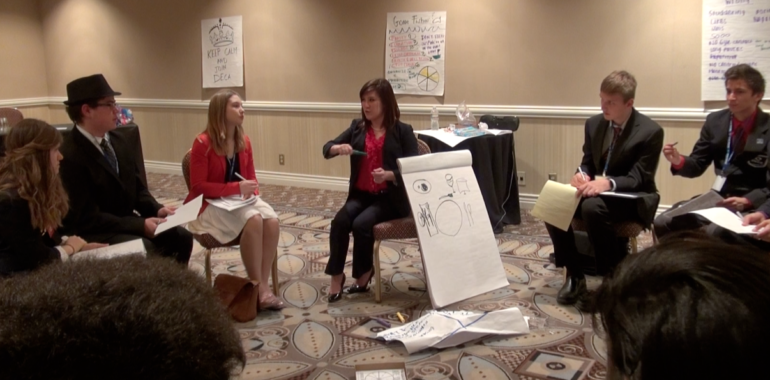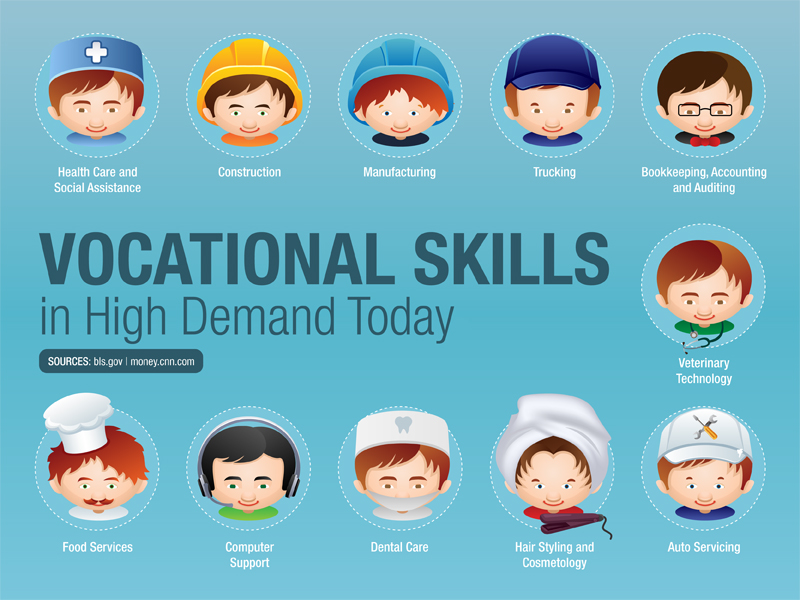CTE

CTE
Nevada CTE Students Post Higher Graduation Rates than Traditional High Schoolers
By Monique Gaudin
In President Barack Obama’s February State of the Union address, he stated: “Let’s also make sure that a high school diploma puts our kids on a path to a good job.“ Career and Technical Education is accomplishing this task along with keeping our students in school and fostering higher graduation rates (90.18%), over that of students enrolled in traditional four-year courses of study (74.9%).
Offering 79 career pathways in the state of Nevada, CTE is preparing students to meet the needs of the workforce. As Deputy Secretary of Education Tony Miller stated in February, “The Bureau of Labor Statistics recently reported that the hardest jobs to fill are those requiring “middle skills,” that is, those jobs that require education beyond a high school diploma but do not necessarily require a bachelor’s degree. Middle-skill jobs include occupations such as software engineers, aircraft mechanics, and electricians. We also know that the current demand for workers with associate degrees, particularly in fields like health care, computing, and business services, is outpacing the demand for those with bachelor’s degrees.”
Using data from the bls.gov & money.cnn.com , Global Economic Intersection profiled the top careers in demand last October.
With the graduating class of 2013, all high school students completing their program of study and passing a content area and the Employability Skills for Career Readiness tests will enter college, or the workforce, with the traditional CTE endorsement on their high school diploma, credentials, completed college credits, and a new state certificate.
The 2011 Nevada State Government Career and Technical Education Accountability Report concluded; CTE plays a significant role in keeping students engaged in high school, as evidenced by above-average attendance, academic achievement, and higher graduation and lower dropout rates. Also, CTE has a critical role in economic and workforce development efforts. The 2013 Accountability Brief adds, “Nearly 40 percent of all high school students enroll in a CTE course each year, exemplifying high demand.”
With the retiring Baby Boomers exiting the workforce in the next 5-15 years, it is projected: More than two-thirds of all job openings are expected to be in occupations that typically do not need postsecondary education for entry.
Graduating high school students in Career and Technical Education programs of study are perched to edge out their competition in the workforce. As Deputy Assistant Secretary for Rural Outreach at the U.S. Department of Education, John White concluded in his post CTE Can Fill The Gap, Open Doors to America’s Future, “Where rigor and expectations are high, CTE students display a sense of pride that attracts other students to the programs. Students are earning industry-recognized credentials in a wide array of sectors, gaps between college and career readiness are closing, and doors are opening for students to pursue today’s in-demand jobs and future careers.”
Bluecollarbranding.com posted this Infographic from http://workboots.com to hit home many of the statistics they have been blogging about.

